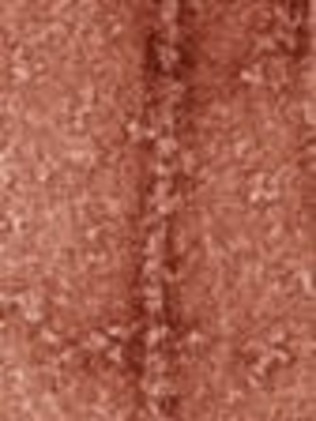New hope for Alzheimer’s sufferers as Monash Uni research discovers plaque ‘shield’ hindering treatment
SCIENTISTS at Monash University have potentially uncovered the reason why anti-Alzheimer’s drugs have proven ineffective in fighting the brain’s deterioration.

VIC News
Don't miss out on the headlines from VIC News. Followed categories will be added to My News.
MELBOURNE researchers may have opened up a way to combat a build-up of plaque in the brain so that Alzheimer’s disease can be treated with next-generation drugs.
For decades scientists have been striving to develop drugs capable of combating a build-up of a sticky plaque called amyloid in the brains of dementia patients, believed to be crucial to their deterioration.
MUESLI COMPANY BOSS HAD DEMENTIA WHEN HE STABBED CO-DIRECTOR
SCIENTISTS FIND BRAIN IRON MAY PREDICT ALZHEIMER’S PROGRESSION
DIABETES DRUG A POTENTIAL ALZHEIMER’S DISEASE TREATMENT
Now a team from the ARC Centre of Excellence in Convergent Bio-Nano Science and Technology, at Monash University, have discovered a protective coating, or corona, which forms on the outside of the plaque, making it impenetrable to the medications.
The presence of that shield explains why drugs that are able to dissolve the amyloid in the laboratory have failed to have the same impact inside the human body.


The lead author of the research, Professor Tom Davis, said the discovery paved the way for shield-busting drugs that would be able to reach and dissolve the amyloid, which also forms in the brains of sufferers of type 2 diabetes and Parkinson’s disease.
“It looks to be quite a significant coating, so we believe it could be to shield the amyloid from the human immune system,” Prof Davis said.
“It could shield it from antibodies. It might just mean that we are taking the wrong strategy, and we need to take another path.”
A corona made up of collections of proteins was previously known to have automatically formed on the surface of foreign items, ranging from catheters to tiny nanoparticles, when they were introduced into the body.
But the study, led by Monash PhD student Emily Pilkington in conjunction with the University of Warwick, found that the same corona formed on the amyloid.

For decades, it has been thought that Alzheimer’s disease is caused by the build-up of a sticky beta-amyloid which forms brain cell–destroying plaques. But the inability to develop drugs capable of dissolving the mass has meant it has never been proved to be the cause of the condition.
Prof Davis hopes the latest Melbourne study, published in the journal ACS Nano, will not only help establish whether amyloid is the cause of the disease but also pave the way for overcoming it.
“There is a body of thought that if you relieve the burden of amyloid in the brain, it will be beneficial,” he said.
“We just have to find a way of doing it.”


